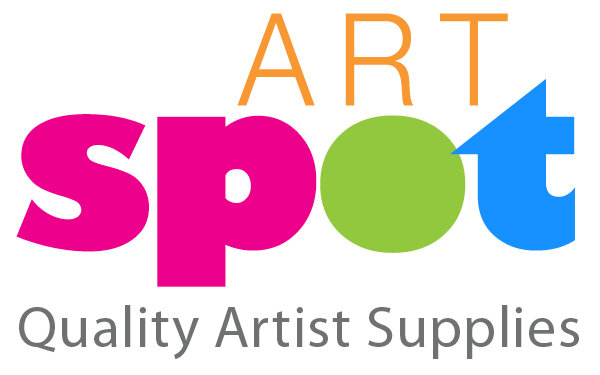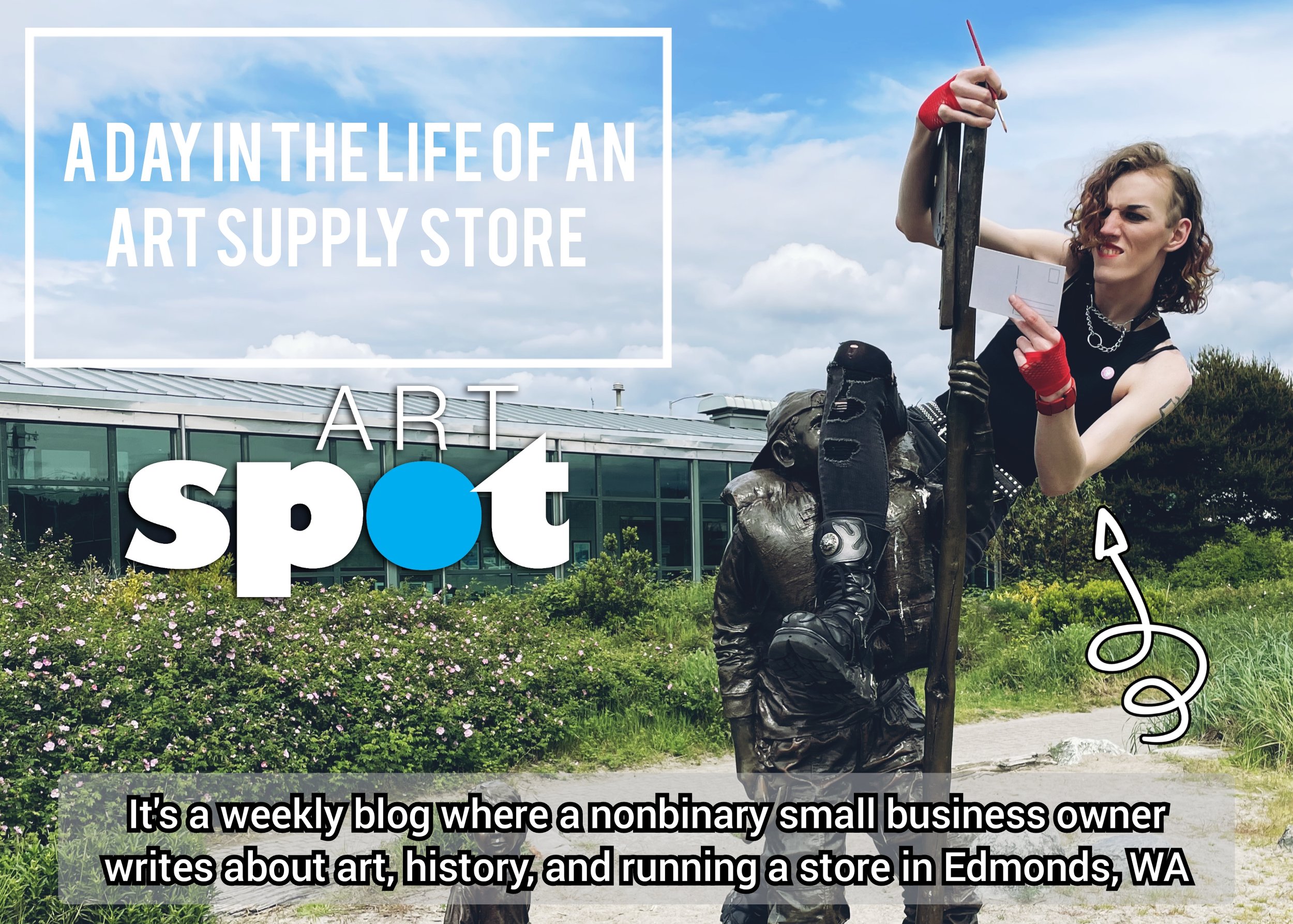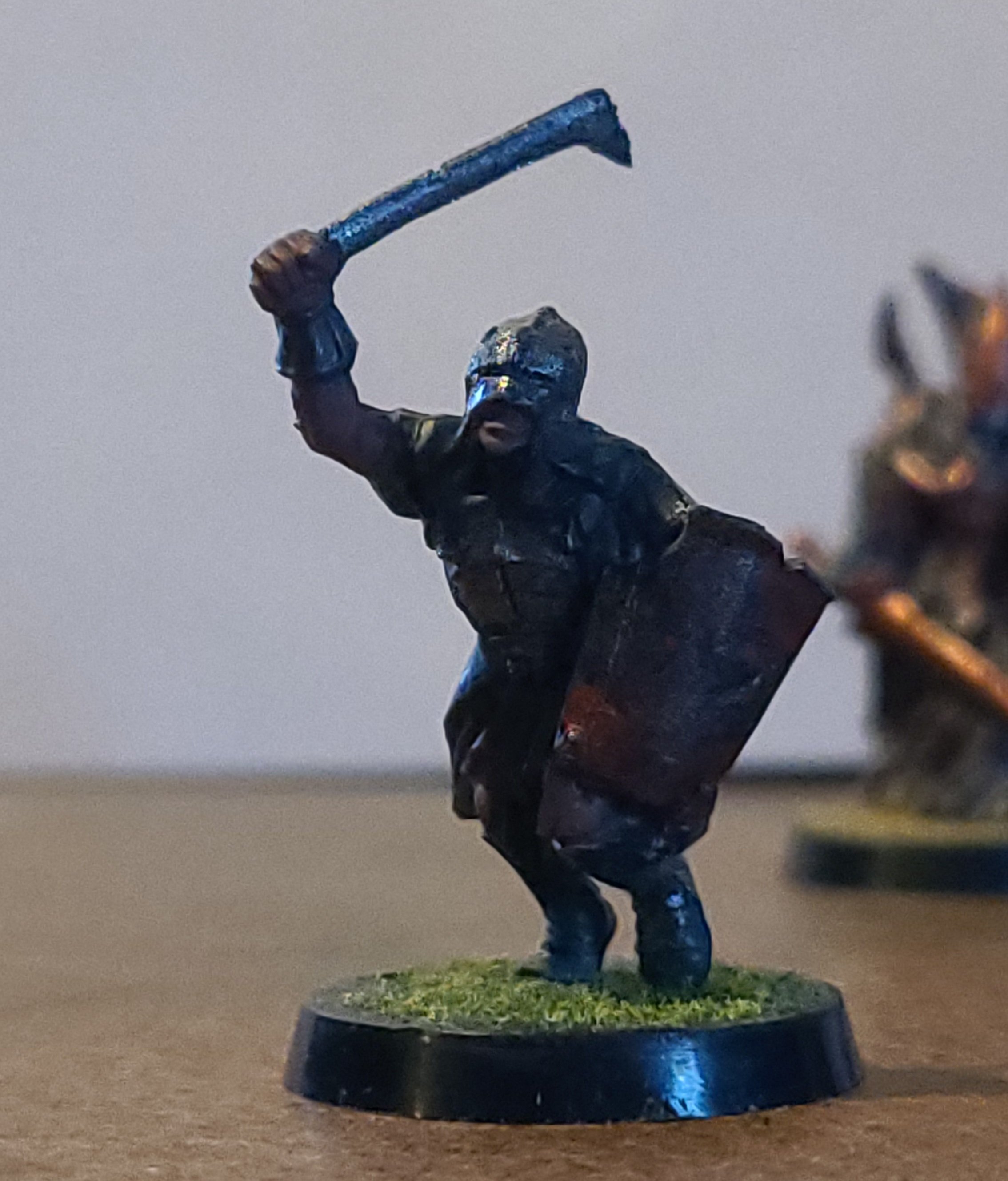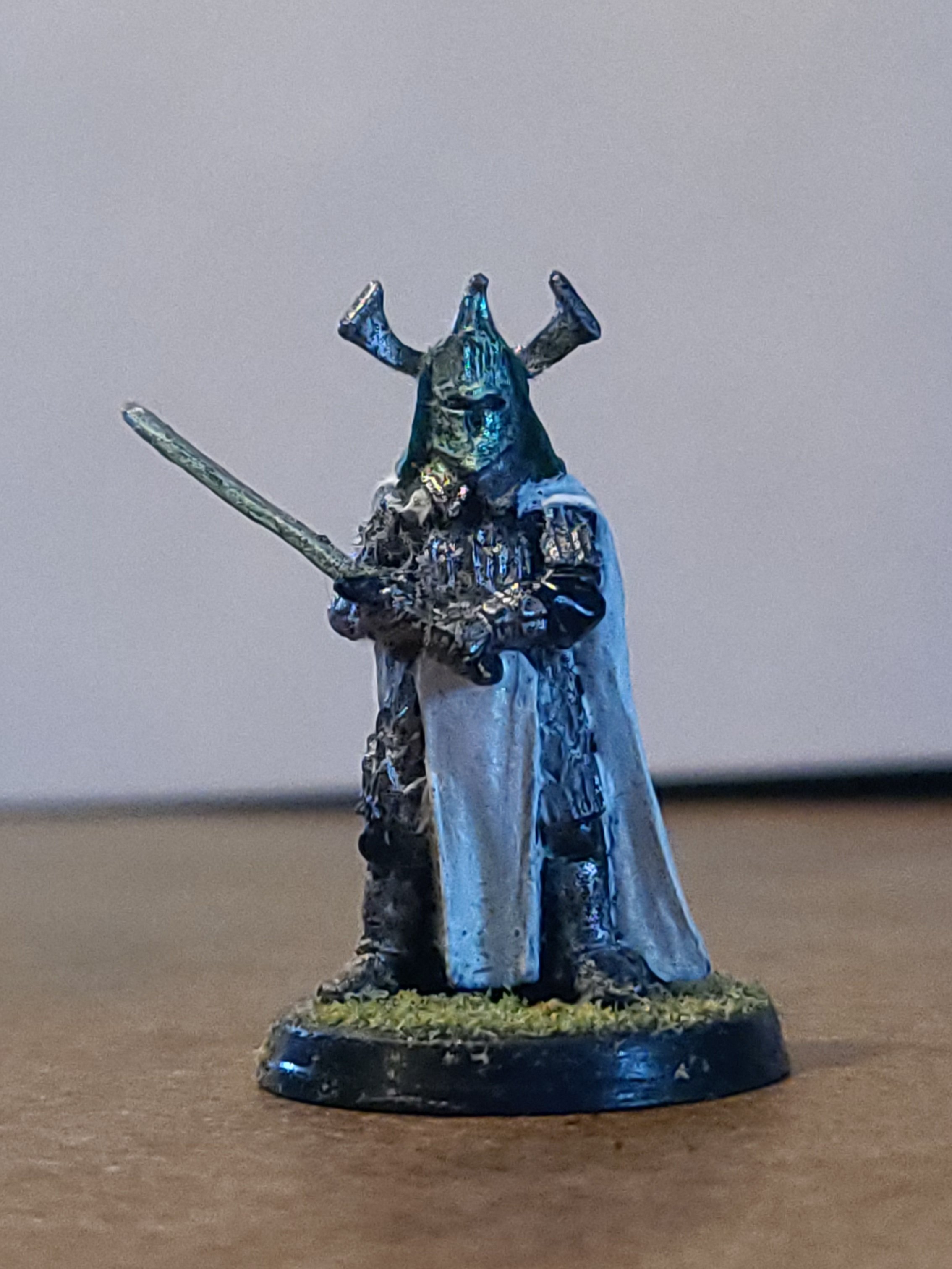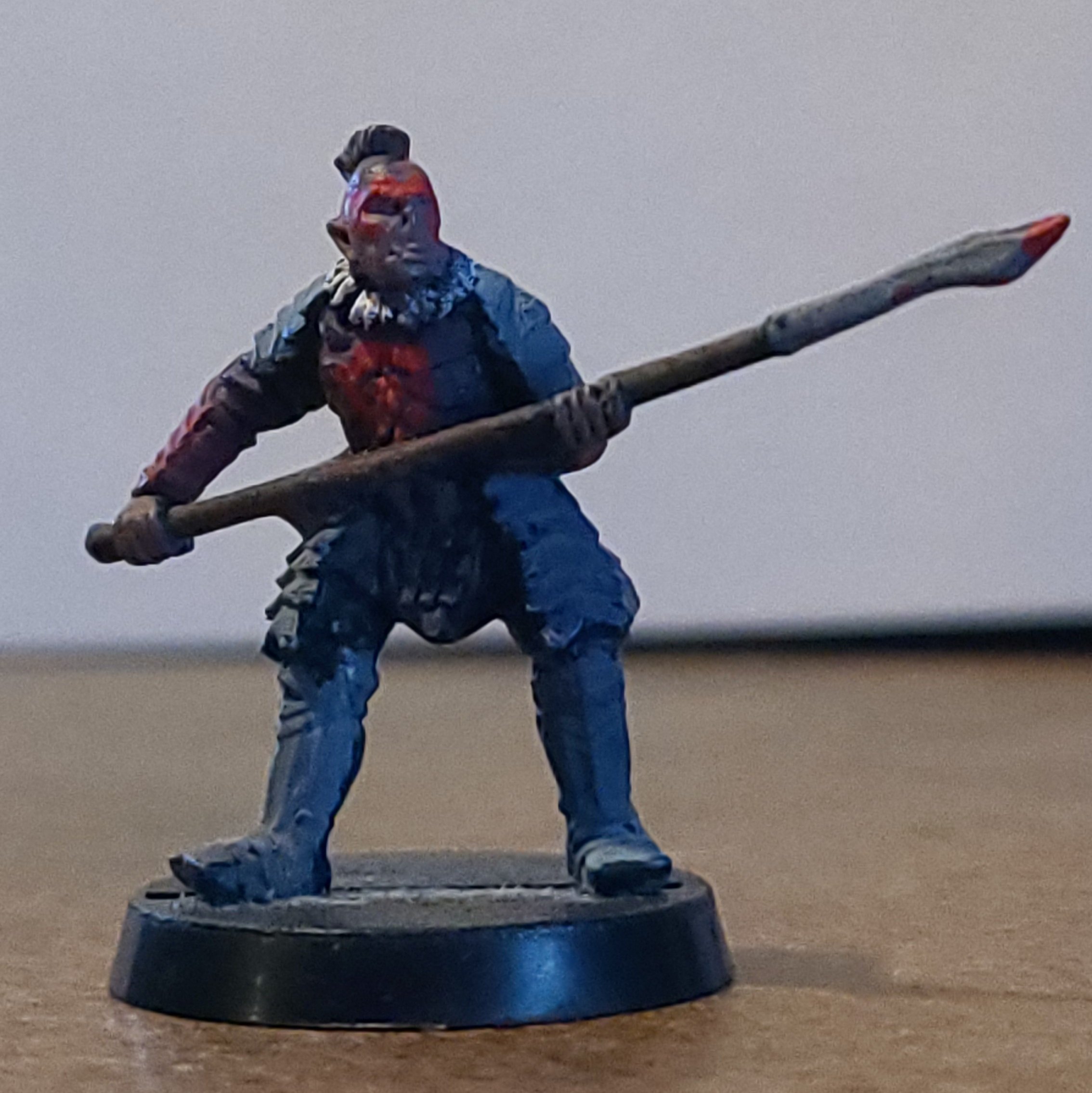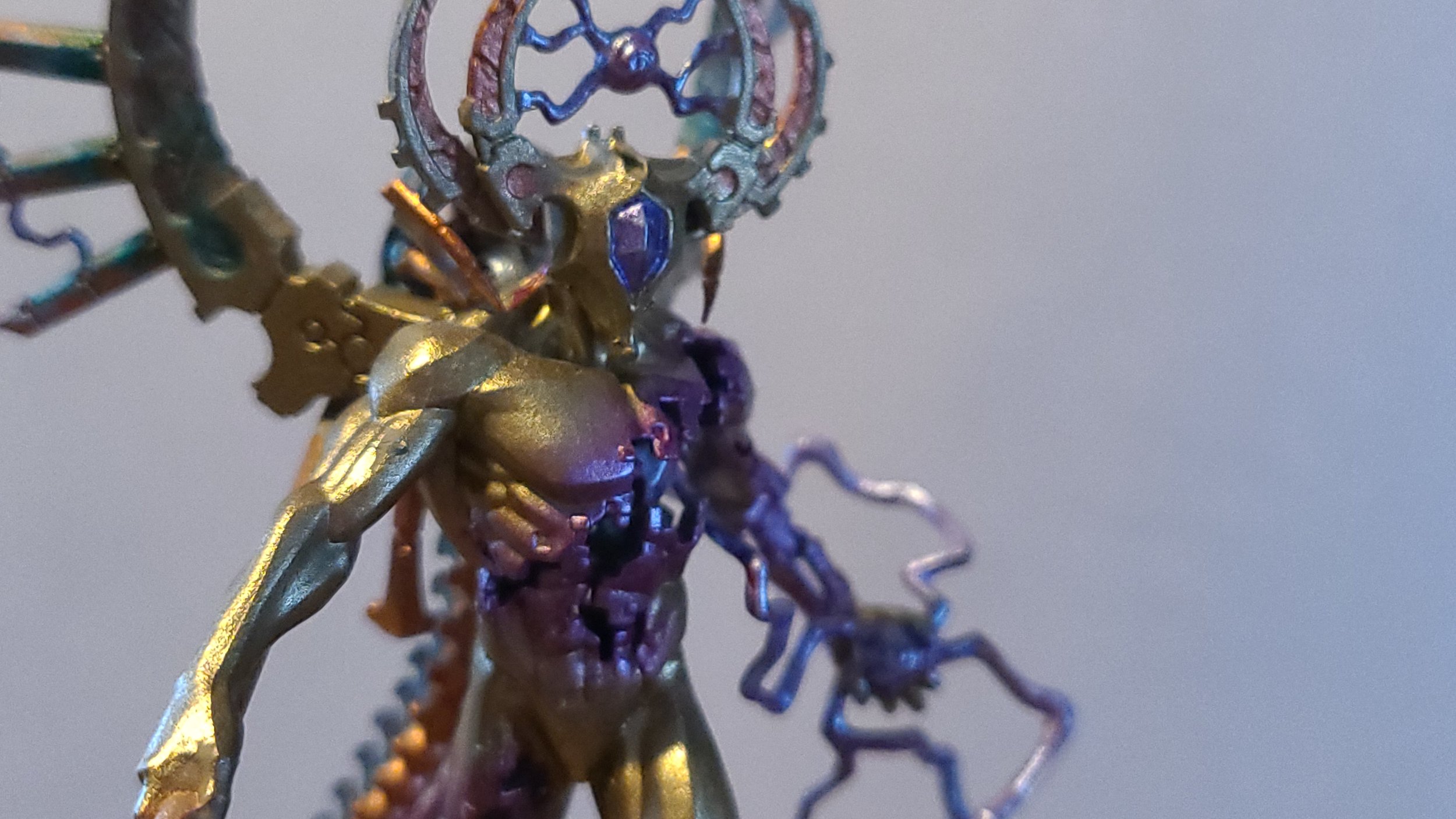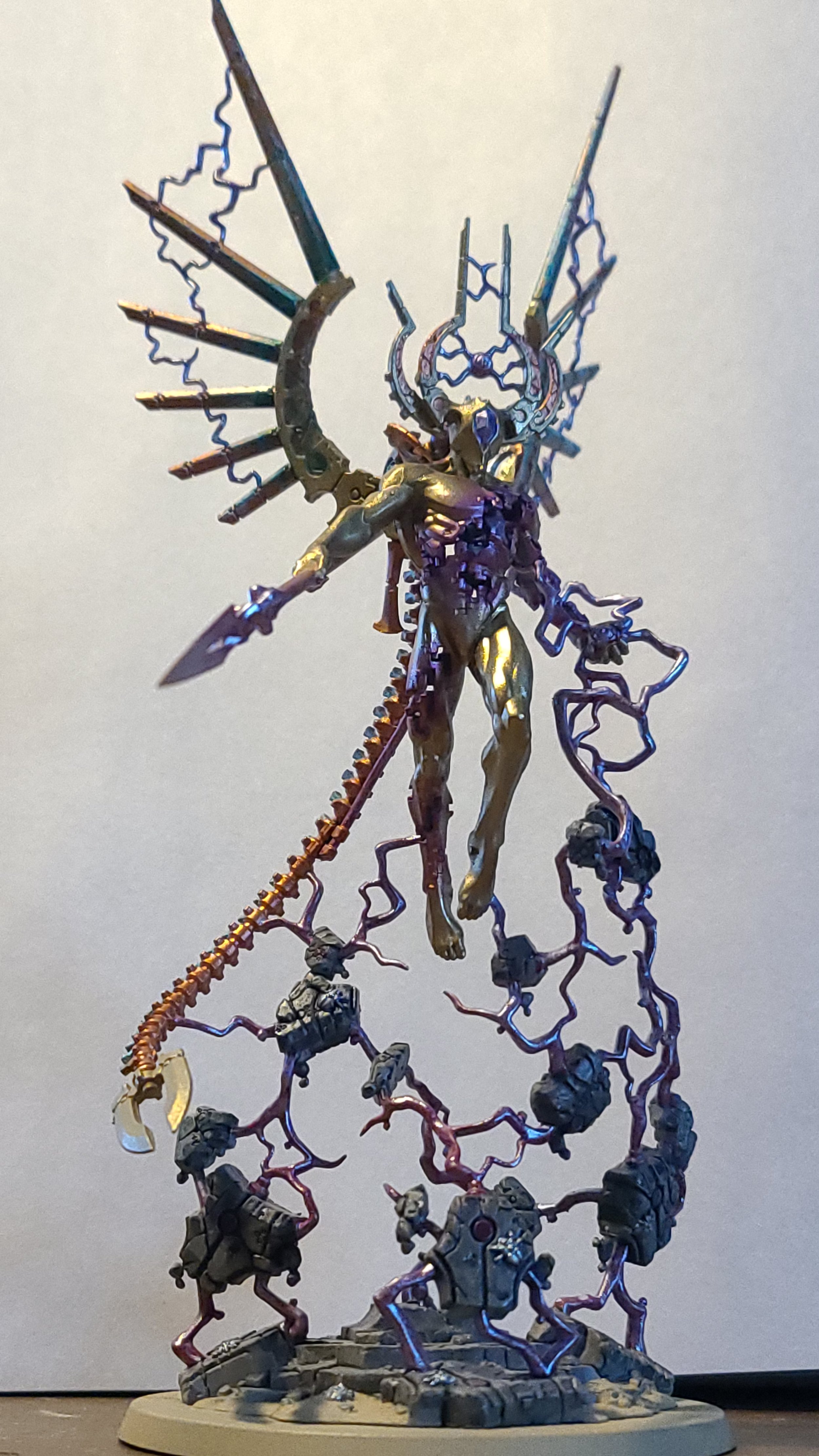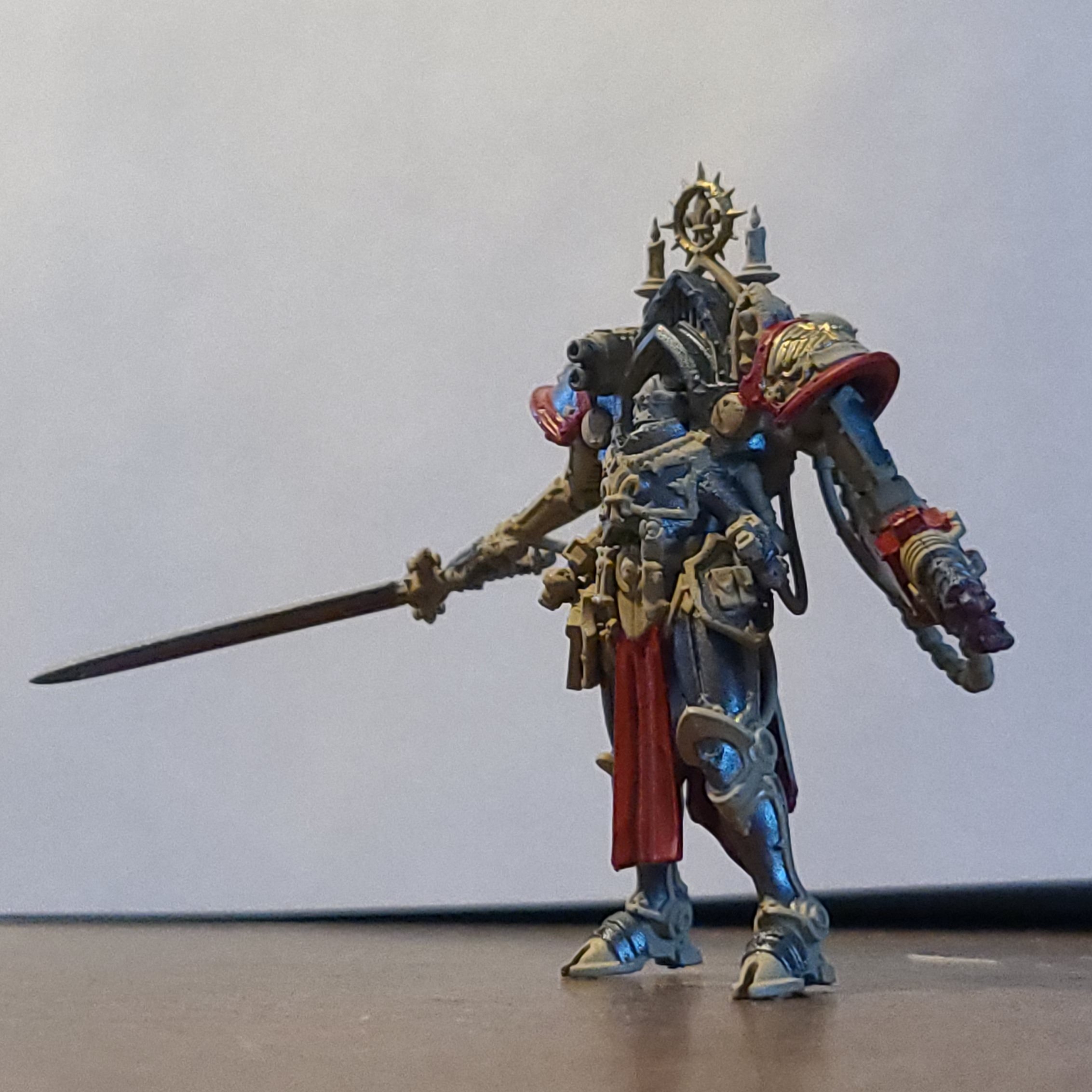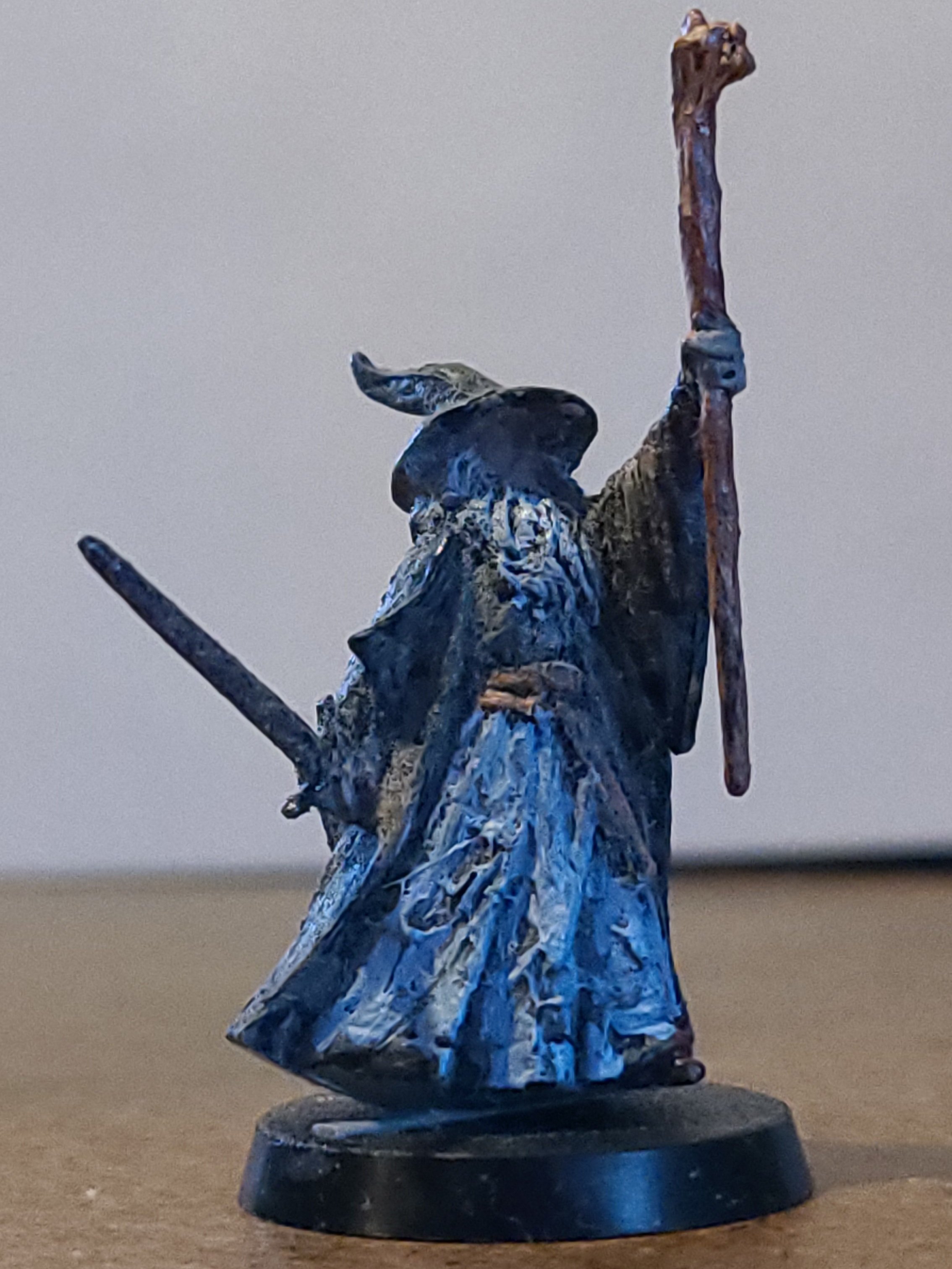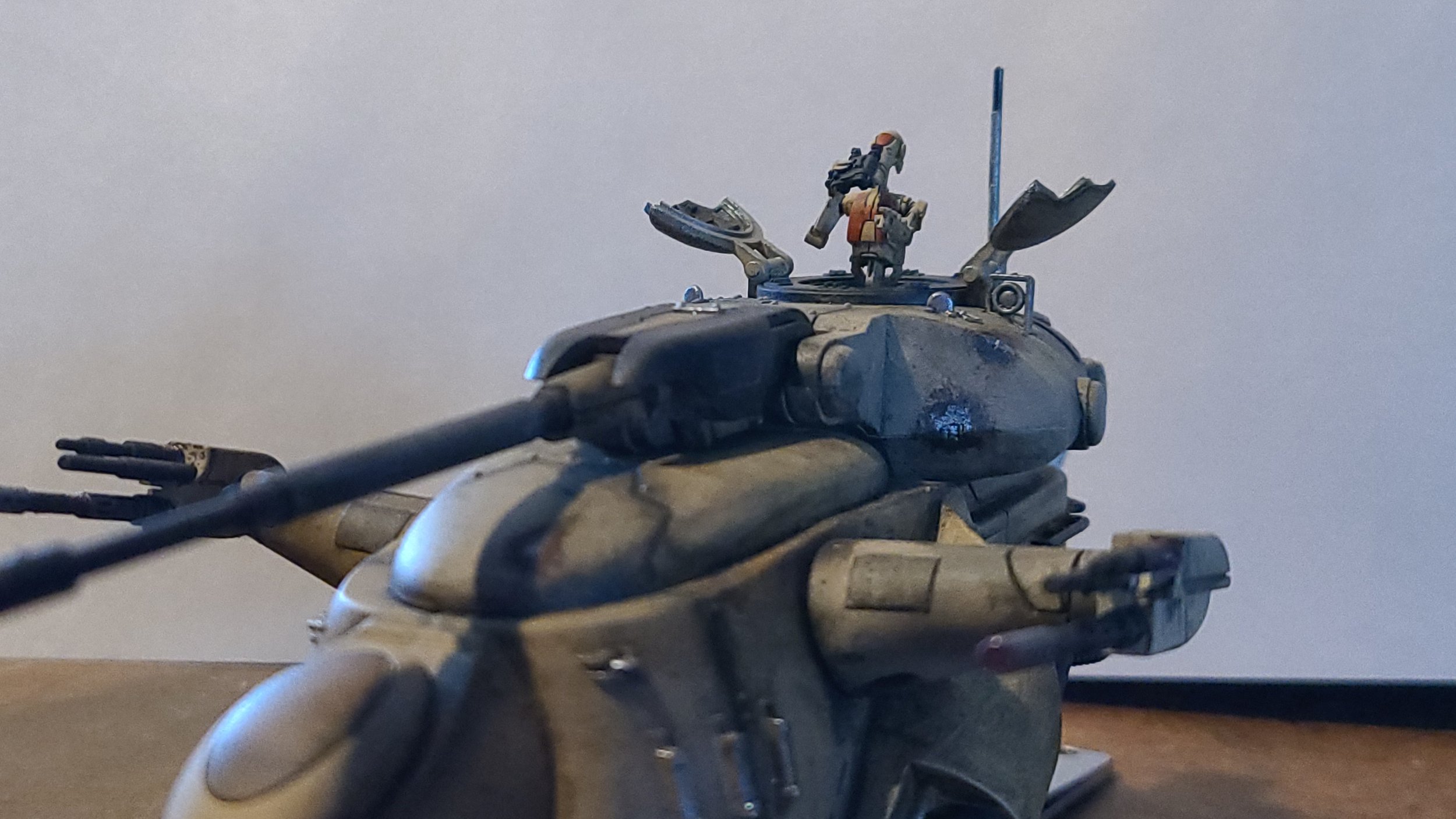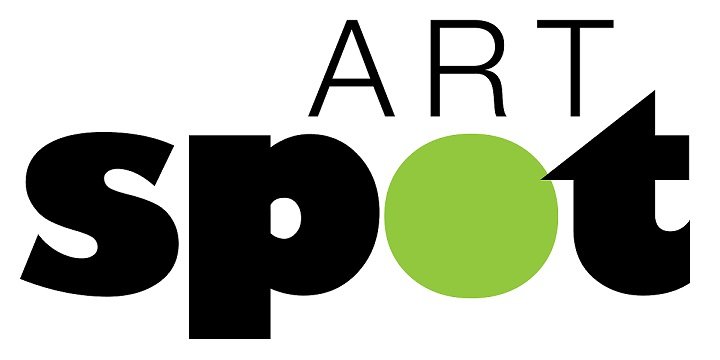News about the novel Coronavirus that made big waves isn’t so novel anymore.
It’s been almost exactly three years since Washington state entered as full a lockdown as it could manage, which seems both thankfully distant and eerily recent. While the pandemic has eliminated or changed our ability to safely work, play, and create in the ways we used to, I’ve been so happy to see how many people have chosen to redirect some of their energy towards creativity and the arts! During these past three years, we’ve been honored at ARTspot to offer some guidance to those looking to take their first artistic steps, rediscover an earlier skill, or keep pushing to create through the changing times.
Adept readers of this blog may have noticed a three week unplanned hiatus in my posting. I wasn’t taking a complete break from the store for my birthday or anything fun like that; I was sick with Covid and then rushing to catch up for lost time at the store. This was my second time getting sick, and this wasn’t nearly as unpleasant as my first go around. I was, however, quarantined at home with a variety of fun symptoms(1) with an ever-shrinking pool of things to keep me busy and my spirits up.
Adept followers of me and my life may know that my chief artistic outlet is painting miniatures for tabletop games. Fantasy, sci-fi, or historical, Warhammer, Star Wars, and Dungeons & Dragons. Each presents its own challenges and triumphs. Do I play any of these games? Hardly, if at all, but I do enjoy the hobby aspect of cutting out tiny pieces, filing them down just so, gluing, priming, and my favorite, painting(2).
Every miniature painter out there can probably relate to the accrual phenomenon, the “stack of shame,” of unassembled models and boxes of half-used bits(3). After finishing two video games, exhausting my YouTube content, grinding my way through some remote data entry, and eating lots of leftover soup(4), I started to notice how tall my own stack of shame had been getting. About one year ago I ran a demo for Artwalk and painted one heck of a large mini(5), but that was the last time I’d really gotten any work done.
My personal Stack of Shame
I don’t believe that people need to constantly work at a hobby to consider themselves a practitioner. Yes, regular and routine practice will help build skill(6), but without attaching the need to generate money, the primary goal of things like this is to find some joy(7). The more the better! I’m a huge supporter of making ugly art(8); my favorite part of painting minis is weathering them to make them look like they’ve just trudged through the mud, been fighting a war, or on a quest that’s taken them to the farthest reaches of the world. Weathering like this may not look traditionally “good,” but it definitely looks cool(9). It’s a kind of ugly that still gets to tell a story!
Although it may have taken a pervasive and nasty virus to make me make the time for art, I’m feeling hopeful I can keep the momentum up and keep working insofar as I’m finding joy in it. I’m reminded that putting your energy into something as abstract as art can feel like a questionable choice when you’re sick and tired of being sick and tired, but it’s a good way to find some satisfaction and joy in an otherwise somewhat sucky time. I wish you all success with your own artsy endeavors and hope we can all keep rediscovering the joy the painting(10)!
(1) With hits including sore throat, cough, occasional wheezing, headache, fatigue, inability to focus, and joint pain
(2) My grandfather on my mother’s side was an adept maker of miniature things, and I grew up getting to see whatever weird project he was figuring out whenever they visited us or when we got to see them down in Texas. I think he made all sorts of things, but what I remember best is his model R/C airplanes. He made everything from little ten inch model kits to a monstrosity with a six foot wingspan that he must have made parts for himself. I was terrible at the patience required and was a liability in his workshop, but I did love the process and endlessly appreciated him having taken real time to always show me what he was working on.
(3) As it goes, even though they can be quite expensive, it’s much easier (and still very fun) to buy model kits than it is to actually follow through and finish them.
(4) For anyone struggling to find the joy of cooking, I recommend trying soup. Just get some broth and whatever’s in your fridge teetering on the edge of expired oblivion, and make it into soup. It’s not labor intensive, and it’s legitimately difficult to screw up badly.
(5) The enormous and intricate Void Dragon from Warhammer 40k. I took the opportunity to demo for work as an excuse to buy something I probably wouldn’t have budgeted for otherwise!
(6) I got a lot of that out of the way thirteen years ago in High School where I comparatively didn’t have any work to do besides painting up a few more tiny dudes for my Lord of the Rings armies so I could keep pace with my friends. For anyone with illusions of my always being cool and stylish, please know that I am and always have been a huge stinking nerd. It does mean that I got a lot of my repetitions taken care of early in life and made a lot of my mistakes early on, so whenever I do end up getting some work done nowadays it feels like I still have a decade of mistakes that I don’t need to make again. It’s a little like riding a bike.
(7) Notably a very valuable and ever-dwindling commodity while you’re stuck in bed for two weeks.
(8) And I want to write an entry about this specifically after having danced around it a bunch. The ever changing aesthetic philosophy behind what is “good” art shouldn’t be a barrier to anyone looking to express their voice.
(9) If you ever find yourself painting a mini and make a mistake, I highly recommend getting very quick at wiping off a layer of paint or getting comfortable with that mistake and using it. No crisp, rank-and-file army has ever survived first contact with a muddy forced march, and it’s a thing I find somewhat freeing. There’s cool aspects to uniformity beyond uniforms, like maybe three tiny dudes in a unit have matching black armbands, and one carries a fourth to honor a fallen comrade? Does that affect how these units make decisions in tabletop strategy?
This is a huge tangent, but in all of the Dungeons and Dragons games I ran in college, there was one Mordor Orc mini that had been one of many in my high school army of darkness. We started affectionately referring to him as “Phil” the Orc and more often than not performed better than was statistically probable. In our games the mini might represent a goblin, a gnoll, a troll, a snake, or any other kind of foe, but I did start using that specific mini to subtly communicate to the players not to underestimate whatever foe it came to represent.
(10) Or anything else we do to flex and stretch our creativity!
